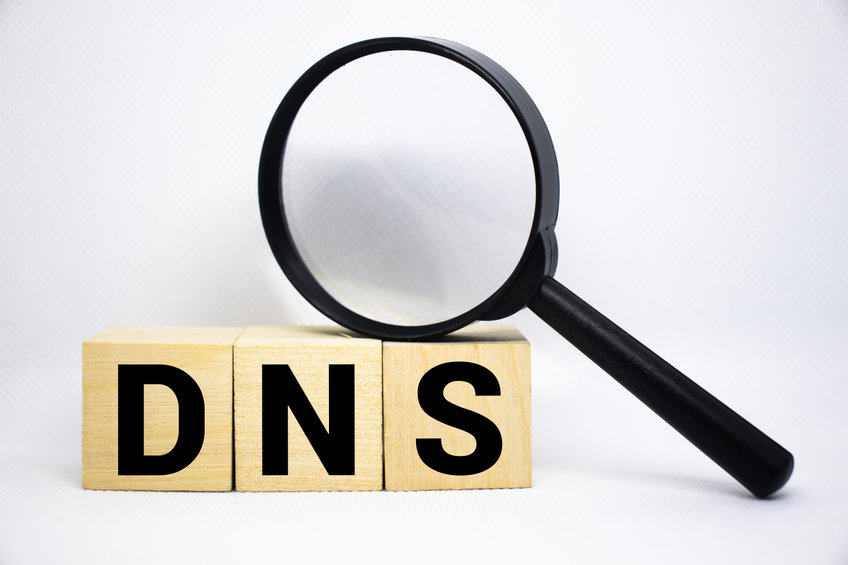GeoDNS: Meaning & Advantages
First congrats. If you are googling GeoDNS, you are just one step away from giving excellent service to your clients. Let’s explore in detail what GeoDNS is and what its advantages are.
What does GeoDNS mean?
GeoDNS service is a premium DNS service that includes GeoDNS servers. These servers can check the DNS query of the clients. See their IP address, and based on the IP tables they use, they can redirect the clients to the closest web servers near them. The GeoDNS servers can do it by having multiple A or AAAA records and providing the right one that best suits the client’s query.









